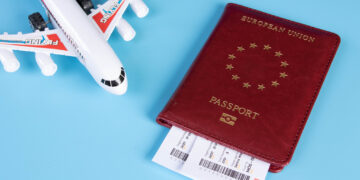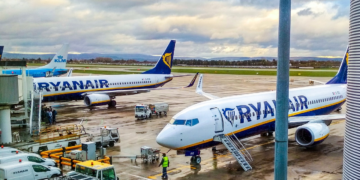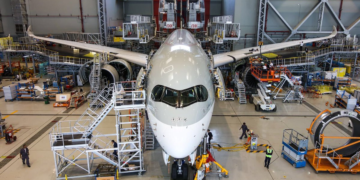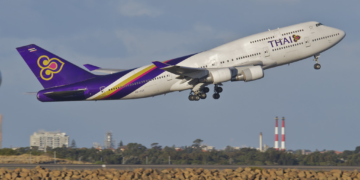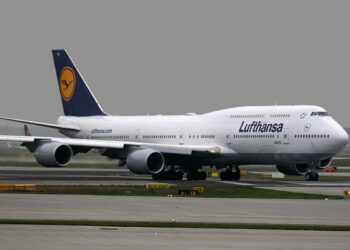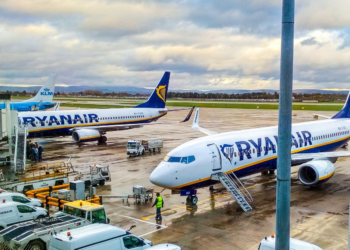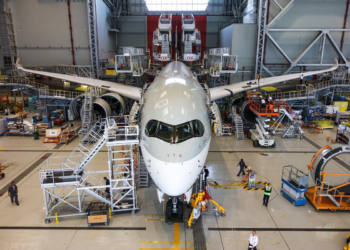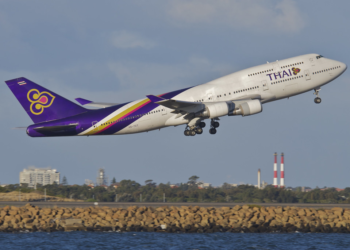In order to reduce administrative duties, FAA wants to double the current three-year restriction and increase the lifespan of aircraft registrations to seven years.
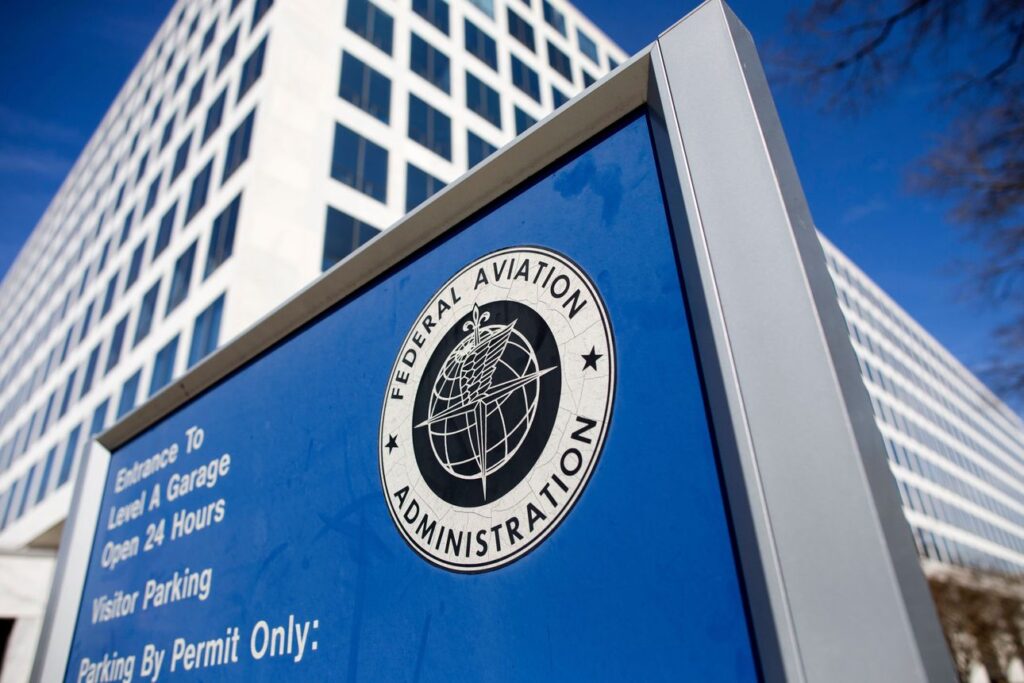
Aircraft owners’ “burdens” and requirements for the FAA to grant validity extensions are “alleviated” by the proposal to change the regulation on US FAA certificates of aircraft registration.
When a rule that eliminated the prior indefinite duration was adopted in October 2010, a three-year registration restriction was added.
The FAA claims that indefinite duration “made it difficult” for it to keep accurate records of aircraft registrations and could prevent owners from being informed of potential revocation.
The FAA discovered that many aircraft owners neglected to update their registration information, even though it was a requirement for aircraft owners to maintain their registration current.
At the time, the three-year limit was thought to be the best compromise between cost and registration accuracy because it established a frequent update process.
The regulator was required to start a rulemaking process to extend the registration period for “non-commercial general aviation aircraft” to seven years under the 2018 FAA Reauthorization Act.
However, the FAA argues that it “cannot distinguish” between these aircraft and commercial general aviation aircraft, and that it would be “impractical” to have different registration periods. As a result, it will increase the registration period for all aircraft to seven years.
FAA Aircraft Registration
About Aircraft Registration Renewal
The Re-Registration and Renewal of Aircraft Registration final regulation was released on July 20, 2010, Page 41968 in the Federal Register. Aircraft registrations issued on or after October 1, 2010, according to this rule,
Why Re-registration & Renewal?
Registration requirements have always mandated prompt reporting of an alteration in ownership, destruction, or changes to mailing addresses to the Aircraft Registration Branch (Registry). The aircraft registration records are not updated and quickly lose their reliability without these updates from the owners. Due to unreported modifications, the Registry has had to withdraw registrations; however, this procedure is time- and money-consuming. In many circumstances, registration would be cancelled, but the cancellation notices couldn’t be sent. Therefore, the Registry’s data would continue to be unreliable, and owners would be uninformed that they needed to take action regarding their suddenly unregistered aircraft.
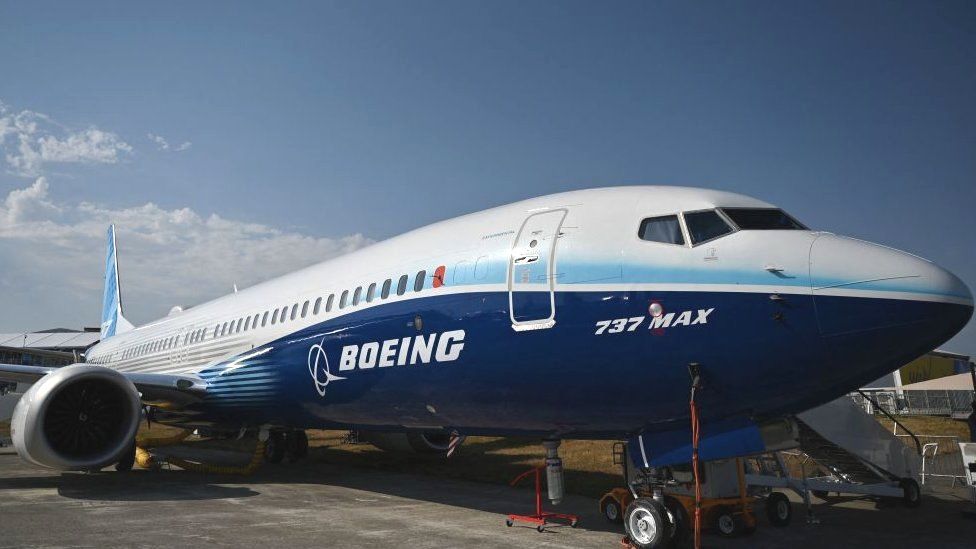
Between October 1, 2010, and December 31, 2013, all aircraft registered before that date were re-registered in accordance with the rule, updating the U.S. Civil Aircraft Register with the most recent information obtained from recent contact with aircraft owners. The Registry is able to maintain the accuracy of aircraft registration data thanks to the renewal of registration every third year as well as other new tools. Safety, regulatory compliance, and all tiers of law enforcement depend on this information.
“These improvements will improve our knowledge about the state of the aviation industry, particularly general aviation. We are also responding to requests for more precise, current registration data from law enforcement and other government agencies.”
According to Randy Babbitt, administrator of the FAA
Also read:
US DOT Fines Air India And Forces Refunds | Exclusive
Govt looking at mandating blending of jet fuel with sustainable aviation fuel: Official
Follow us on Google News for latest Aviation Updates
Join us on telegram group
Stay tuned…




